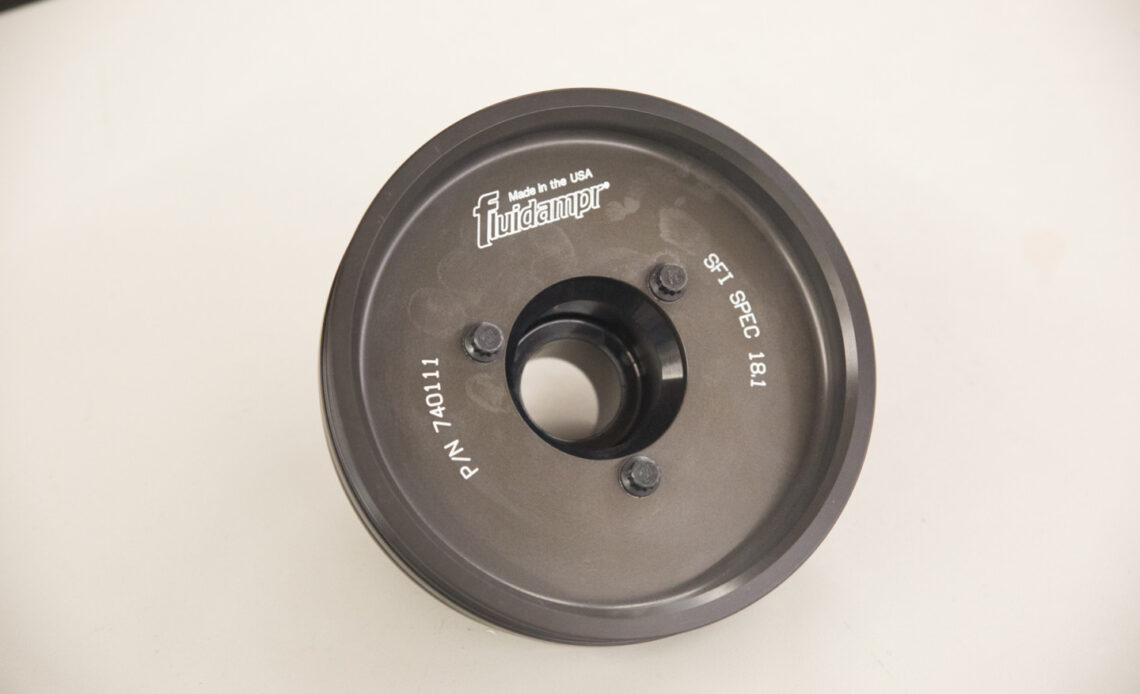Torsional vibration, more commonly referred to as engine harmonics, is a force that must be dealt with when you’re working with any engine. The more power your engine makes, the more destructive torsional vibrations can be if they’re not kept in check. Fluidampr harmonic balancers are designed to deal with the most extreme torsional vibrations an engine can produce as RPM increases.
When you start to push an OEM engine past its stock output levels or really add horsepower to a high-performance mill, torsional vibration is going to be an issue. As RPM levels increase, so does the strength of torsional vibration. This is something you need to account for with any high-performance engine.
Nick Orefice from Fluidampr explains how an aftermarket balancer can help fight torsional vibration at elevated RPM levels.
“Almost all stock OE balancers and many aftermarket balancers are a single rubber element elastomeric type damper. The problem with these damper types is that they are limited to a narrow frequency range of about 50 Hz. This is suitable for a stock engine, however, when performance enhancements are made — think power adders or rotating assembly changes — you are essentially shifting the frequency created by a stock engine beyond what these dampers are capable of controlling. This is where the importance of a premium aftermarket balancer shines.”
Fluidampr’s harmonic balancers use a viscous design versus a rubber element to control torsional vibrations at high RPM levels. This design creates a smoother running engine across the entire RPM band and reduces the risk of parts failure due to torsional vibration.
“Fluidampr uses a completely sealed housing with a free-floating inertia ring and a layer of silicone between the two. This viscous design allows Fluidampr’s balancers to work at all frequencies across the entire RPM range. Basically, a Fluidampr will work on any engine application for which it is designed, whether stock or high…
Click Here to Read the Full Original Article at DragzineDragzine…

